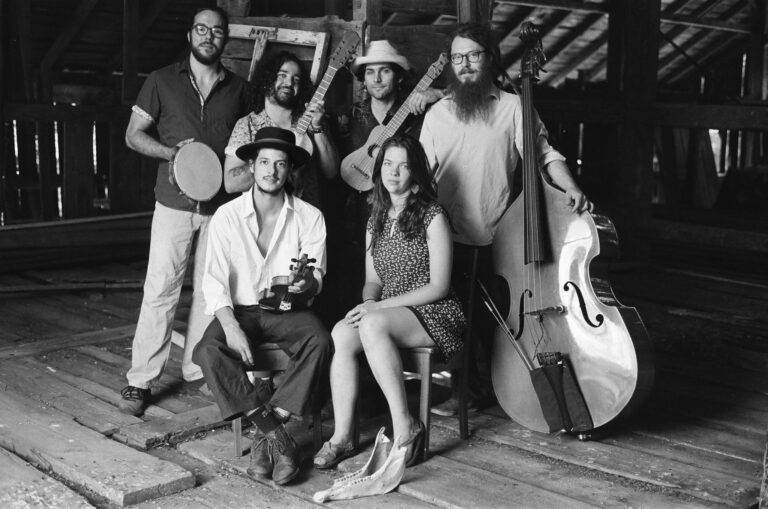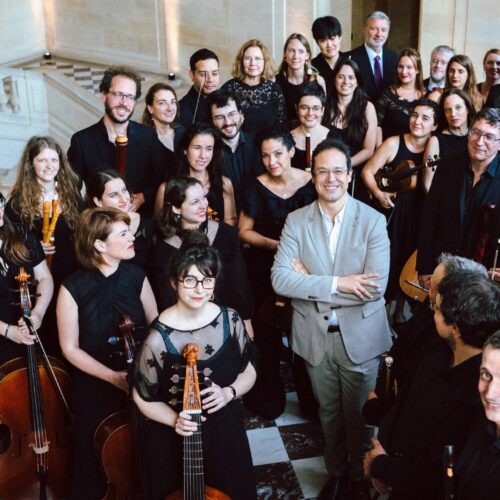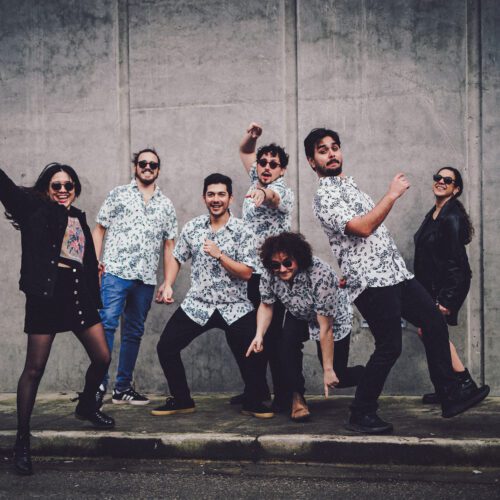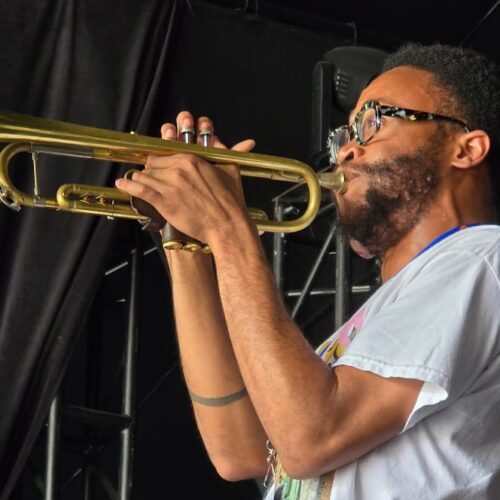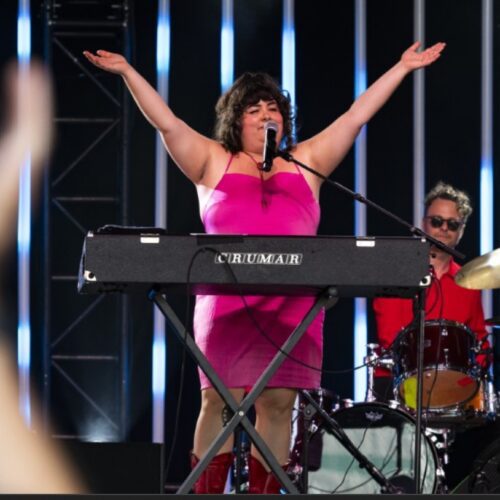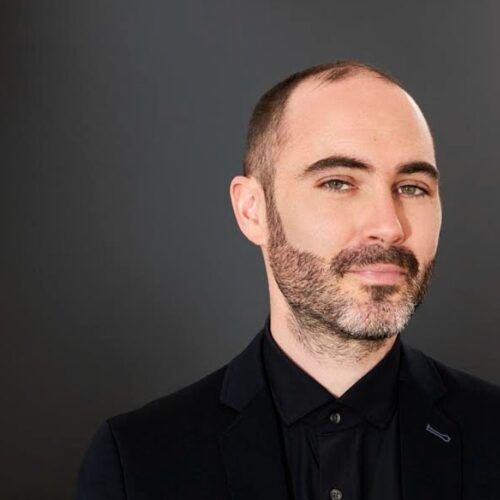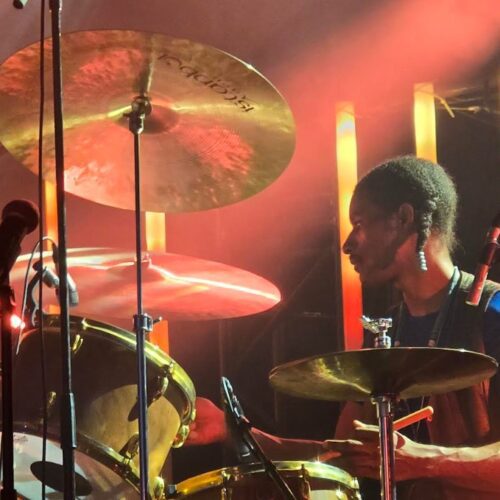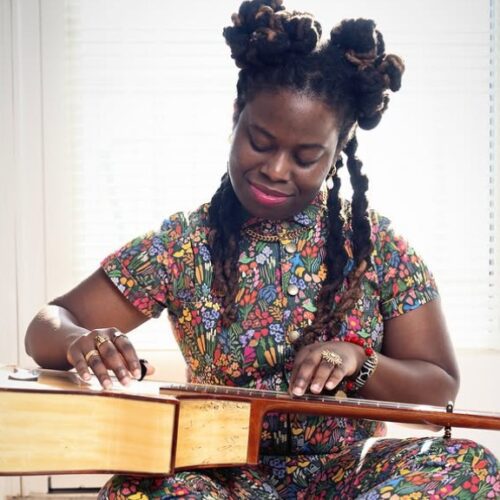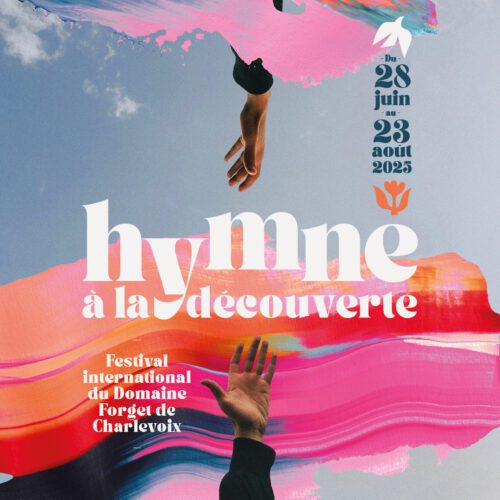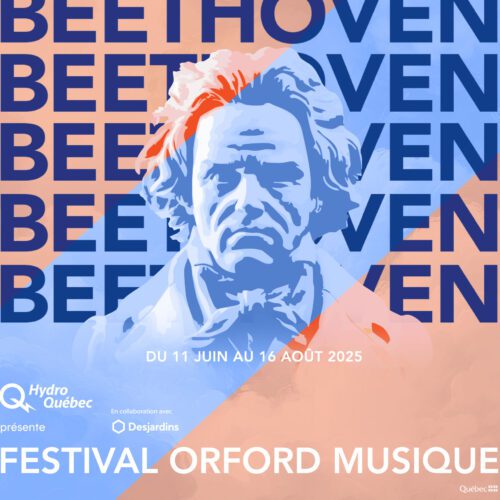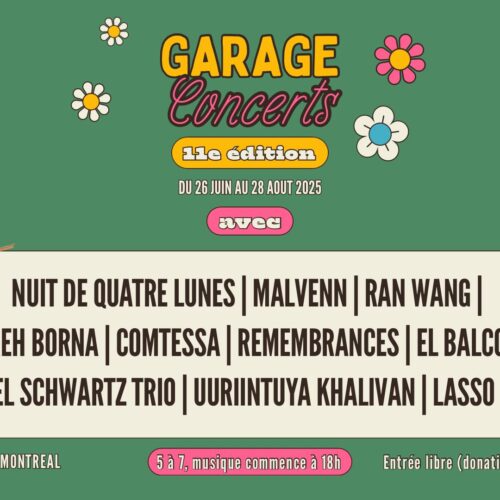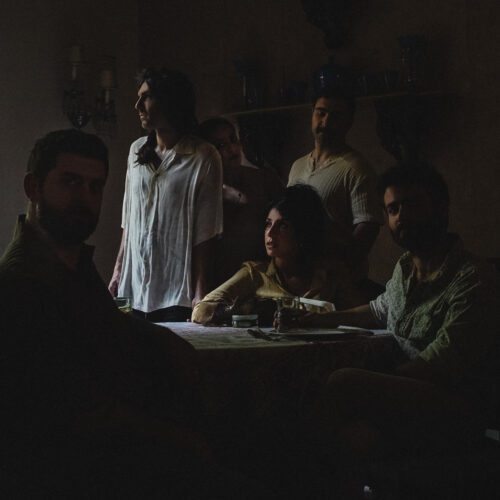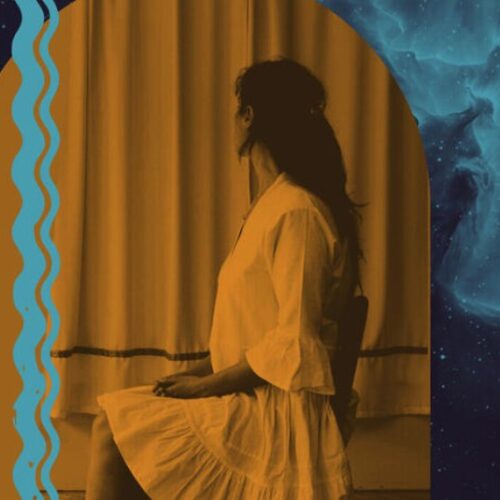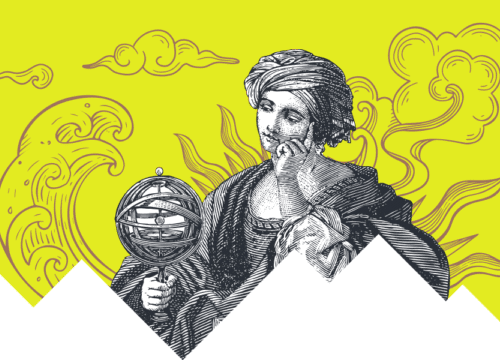Additional Information
Last April, Productions Nuits d’Afrique held the 16th edition of its annual world music competition, les Sylis d’or. It’s a competition that’s become a fixture on the city’s music scene. Of the many bands that didn’t make it through to the finals, we at PAN M 360 have picked out four that we’d like to make better known to the general public. The context being what it is in competitions, the semi-finalists are too easily and quickly forgotten.
The Latino scene in Montreal is becoming so rich and varied that one group has specialized in a very specific musical style: Son jarocho, a traditional music with an authentic local flavor, originating in the Mexican Veracruz region. El Balcon, as it’s called, is a typically Montreal areopagus of artists from just about everywhere, but united by a shared love of an art form. Perched high up on the first floor are Charles Cantin (vocals), Nominoë Crawford (violin), Valeria De Marre (vocals), Joshua Greenberg (guitar), Nicolas Lafortune (percussion) and Alexandre Marchand (bass).
But the metropolis being what it is, you may not be surprised to hear echoes of Balkan music, Middle Eastern influences and even Keb trad scattered throughout the group’s songs! Yes, a world-city like Montreal always ends up crossing paths with its roots and identity. In the end, that’s why we love it.
Meet one of our favorites from the Sylis d’or 2023 semi-finals, El Balcon.
PAN M 360: Hi everyone! Since we’re here to get to know you better, let’s start with the basics: where does El Balcon come from and how was the band formed?
El Balcon: It’s a question of chance that led to other chances. I met a Mexican percussionist passing through Montreal. We played together, then two other people he knew joined in, after which, one thing led to another and then another percussionist joined in, then Josh, who I already knew and with whom I played in another band that had just split up. All in all, a whole bunch of people from a wide network of traditional musics of various origins, but centered on the vision of Mexican music from Veracruz.
Pan M 360: Why this focus on a specific type of Mexican music, the Son jarocho?
El Balcon: Many of us have a strong connection with Mexico. Whether it’s because we’re looking to get back to the roots of our Latin cultural connections, to learn the typical instrument-making techniques of the region, simply out of musical interest or because it’s a country of origin (Valeria came to Quebec from Mexico and was looking for people to play her country’s music), Mexico is a common trait for several members of the band. Son jarocho is a very communal music in Mexico. You hear it at weddings, parties, christenings, etc., and in all the villages, which each have their own way of playing it. What’s more, we’ve added a personal dimension to the interpretations here: elements of Balkan music, which we really like! As we arrange the traditional pieces so as to hear other sounds in them, and our original compositions in the arocho style also incorporate this kind of peculiarity (for example, transforming a 6/8 in a ⅞, more typical of the Balkans), in the end, people listening can hardly tell which pieces are arranged standards, and which are new pieces of our own.
PAN M 360: So it’s a common core of traditional music?
El Balcon: Yes, we mix a lot of things, but the focal point is that it’s acoustic and traditional. Of course, Son jarocho is the style that takes up the most space. It’s in certain inflections, certain rhythms, certain harmonic deviations that, from time to time, people will perceive other influences. Let’s say it’s Son jarocho coloured by other influences here and there.
PAN M 360: What is it that unites the world’s diverse traditional music?
El Balcon: The community aspect, probably. From the outset, most of these forms of music have been the result of the mixing and intermingling of populations, even before they became factors in the identity of a particular community. Bagpipes are a good example. People say “it’s Scottish”, but in truth its origins are Persian! One day, through trade, travel and commerce, a guy from Scottland brought it home, told his friends “Yo listen to this, it’s cool!”, and then, for all sorts of reasons, they appropriated this instrument. Even Bach drew on everything from the Italian, French and Germanic music of his time to create a formidable synthesis.
PAN M 360: The principle of encounters takes on a new meaning with the global meeting points that are cosmopolitan world cities of the 21st century, ultra-multicultural cities like Montreal and many others, which allow and offer special conditions for the artistic expression of these crossroads?
El Balcon: Yes, it’s amazing the kind of possibilities that are opening up now. Of course, the web is part of it, but it’s more dynamic to play with flesh-and-blood human beings than through Zoom sessions. Which means that the very cosmopolitan nature of a city, as well as its appeal to artists (not all multicultural cities inspire so much creativity, either), allows for an unparalleled level of creative options.
PAN M 360: Let’s get back to Son arocho. What does this musical genre represent in Mexico? Is it pan-Mexican, or is it local to Veracruz?
El Balcon: It started out in Veracruz, but then spread all over the place. Over time, though, it became all sorts of other things elsewhere. But in Veracruz, they’ve kept it very authentic, even if that authenticity varies. Each village, each community can have ITS own style of son arocho, with its own particularities. Son arocho represents a communion of identity, even a spiritual one, for those who play or listen to it. It is ceremonial and accompanies gatherings. It’s also everyday music, played by everyone. We often see 95-year-olds accompanied by 4-5-year-olds! You can also see 2 to 150 people playing at the same time! Before radio, it was the music of ordinary people. But there was a long lull until the years 1990-2000. Then we saw a new generation reclaiming this music, collecting and cataloguing the traditional musical corpus before losing it. Now the boom is perceptible right here in Montreal, which has an already important and growing Mexican community. There are a number of Son arocho groups, and many fandangos (festive gatherings) are being organised all over the place. The Montreal scene is a lot of fun.
PAN M 360: Do you feel you’re the standard-bearers of Mexican culture in Quebec?
El Balcon: Well, we can lay claim to that, but we’re just as proud of the fact that we include Quebecois culture, rather than just Mexican. El Balcon’s role is to give big love. We want people to have fun.
PAN M 360: How would you sum up your experience at the Sylis?
El Balcon: We’re happy. We met some excellent bands, took part in one of Montreal’s most emblematic competitions and got ourselves seen and known a bit.
PAN M 360: Can we hear you soon?
El Balcon: We’ll be at the Nuits d’Afrique festival on 20 July. After that, we’ll be playing at various festivals and touring across Quebec (Gaspésie, Rimouski, Gaspé, etc.). We’ve also just recorded our 4th album, which should be out in November. We’ve also recorded a half-hour programme that will be broadcast on MATV (Only available in Quebec. You have to be a Videotron TV client to have access). If you’d like to find out more about the Montreal arocho scene, and find out the dates and venues of upcoming fandango events, you should definitely visit the Son Jarocho Montreal Facebook page.
